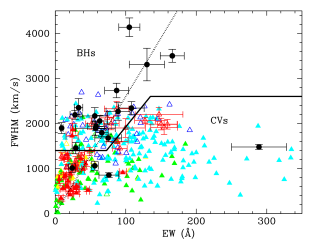In some AGN, nuclear dust lanes connected to kpc-scale dust structures provide all the extinction required to obscure the nucleus, challenging the role of the dusty torus proposed by the Unified Model. In this letter we show the pc-scale dust and ionized gas maps of Circinus constructed using sub-arcsec-accuracy registration of infrared VLT AO images with optical Hubble Space Telescope images. We find that the collimation of the ionized gas does not require a torus but is caused by the distribution of dust lanes of the host galaxy on ~10 pc scales. This finding questions the presumed torus morphology and its role at parsec scales, as one of its main attributes is to collimate the nuclear radiation, and is in line with interferometric observations which show that most of the pc-scale dust is in the polar direction. We estimate that the nuclear dust lane in Circinus provides 1/3 of the extinction required to obscure the nucleus. This constitutes a conservative lower limit to the obscuration at the central parsecs, where the dust filaments might get optically thicker if they are the channels that transport material from ~100 pc scales to the centre.
Ks/F814W flux ratio (or extinction map) with emission line contours of the [OIII] gas in green. The brighter regions denote higher extinction and hence dust absorption. The conical morphology of the ionized gas is clearly defined by a horned-shaped dust s
Advertised on
![Ks/F814W flux ratio (or extinction map) with emission line contours of the [OIII] gas in green. The brighter regions denote higher extinction and hence dust absorption. The conical morphology of the ionized gas is clearly defined by a horned-shaped dust s Ks/F814W flux ratio (or extinction map) with emission line contours of the [OIII] gas in green. The brighter regions denote higher extinction and hence dust absorption. The conical morphology of the ionized gas is clearly defined by a horned-shaped dust s](/sites/default/files/styles/crop_rectangle_21x9_to_1280/public/images/news/resultados162_178.jpg?itok=uZ6RFzGM)


